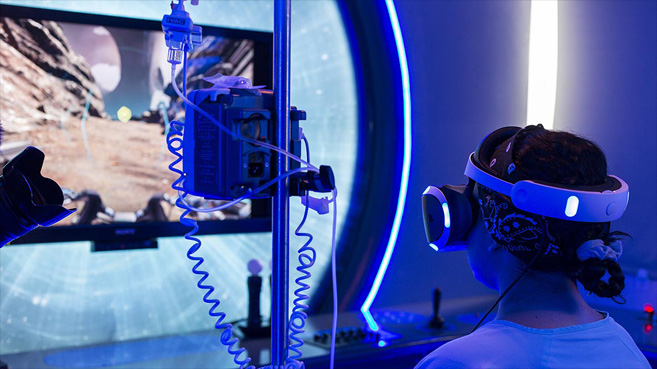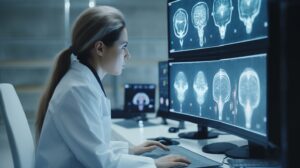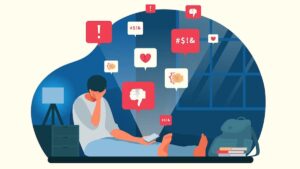The impact of Virtual Reality on neurological patologies rehabilitation

Each patient faces different challenges as part of their rehabilitation. The use of virtual reality is beginning to have scientific evidence and is gaining ground supported by proven improvements related, among others, to the personalization of therapies for the adaptation of specific areas such as motor or cognitive deficits. This ensures that each patient receives the treatment that fits his or her individual needs to maximize results. Virtual reality also allows biofeedback to be given continuously and in real time, which makes the performance of the rehabilitation process improve day by day during each session and the quality of the bond with the therapist more efficient and effective over time.
There are many ways in which we can see the implementation of Virtual Reality in neurological rehabilitation and one of them is intense sensory stimulation, which has a crucial role in these treatments, especially for brain injuries. Another way in which the use of VR can be reflected is in controlled repetition and brain plasticity: task repetition is also an important part of neurological recovery. VR addresses this problem by making repetition varied and engaging and not a demotivating or monotonous activity. This favors the development of new connections and brain plasticity.
In Europe, there are already several cases that are interesting to analyze to take into account when understanding this trend. In Germany, for example, several neurological rehabilitation centers are already implementing VR for patients with traumatic brain injuries and neurological diseases. One such example is CognitiVRehab, a cognitive training software created in Germany by Living Brain, to help epileptic patients restore some of the functions lost due to an epilepsy episode. Through a virtual reality helmet, the user is immersed in 3D scenarios to help his or her ability to act.
This is where virtual reality provides innovative and dynamic ways to help in this type of recovery, which can sometimes be demotivating and monotonous. Thus, personalization and real-time feedback are just some but not all of the reasons why these new technologies are leading to improved quality of life for patients. As a result, new therapeutic horizons and renewed hope for the recovery and treatment of the population with these neurological problems are opening up.






